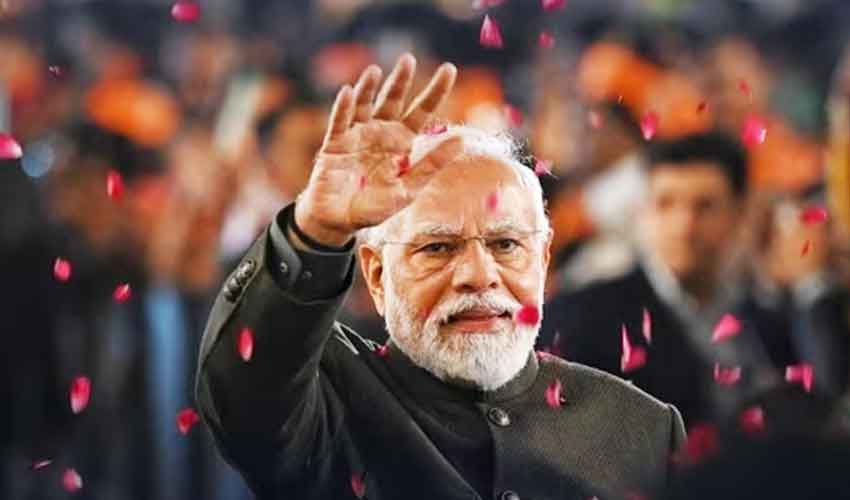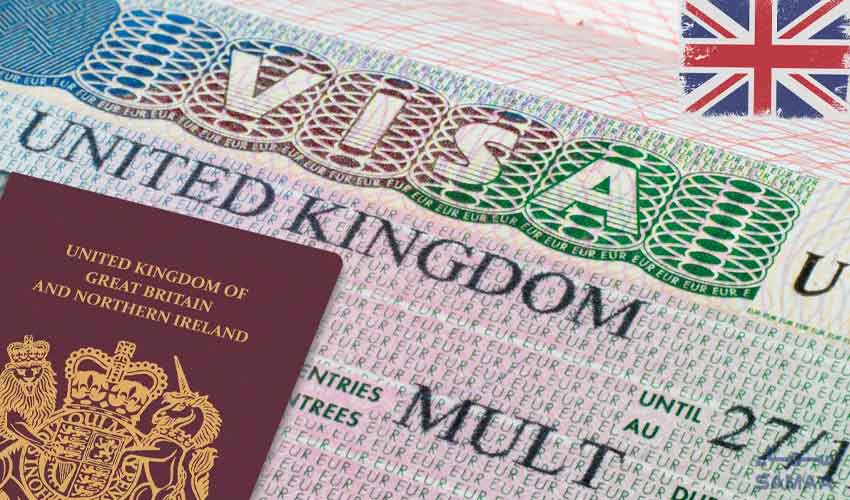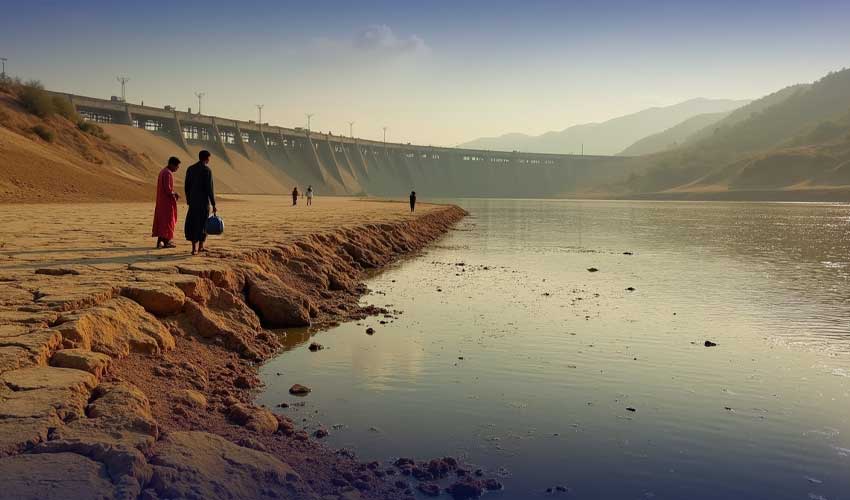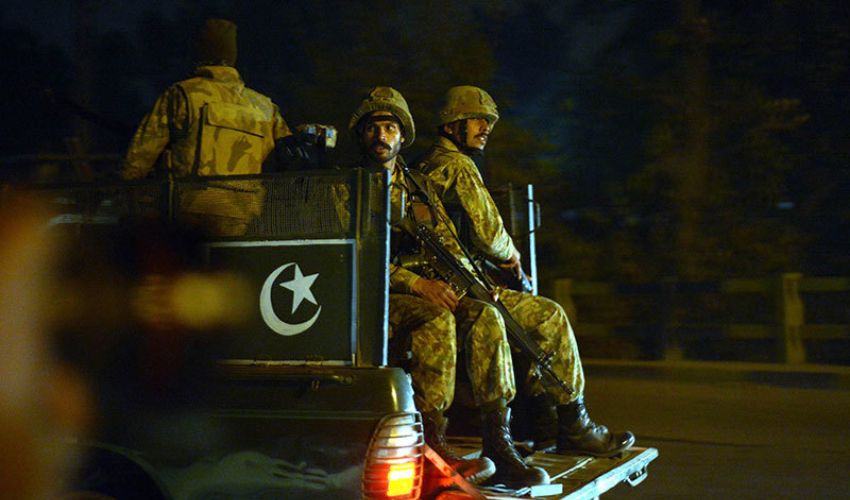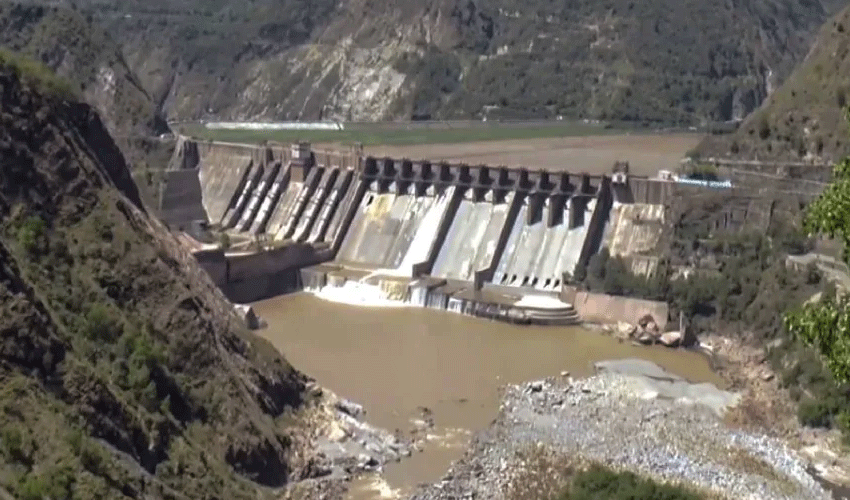Indian Prime Minister Narendra Modi's government presented its final budget before national elections, opting for fiscal consolidation over populist spending measures.
This strategic move aims to attract investors and potentially secure a third term for the Bharatiya Janata Party (BJP).
Key Highlights:
- No Major Spending Spree: Despite approaching elections, the budget avoids significant increases in social spending, signaling confidence in BJP's electoral prospects.
- Fiscal Consolidation: The budget aims to sharply reduce the deficit to 5.1% of GDP, potentially boosting India's credit rating.
- Infrastructure Push: Capital expenditure sees a historic high, focusing on roads, bridges, and other long-term projects.
- Consumption Concerns: While overall growth is strong, weak wage growth and inflation hurt lower-income earners, raising concerns about consumption levels.
- Housing Initiatives: The government plans to build 20 million affordable houses and launch a middle-class housing scheme.
- Bond Market Boost: Lower-than-expected borrowing and a better-than-expected deficit target boost gains in bonds.
Reactions:
- Economists see the budget as a positive step for fiscal consolidation and investor confidence.
- Moody's awaits further progress on debt affordability before considering a credit rating upgrade.
- Some experts criticize the lack of measures to boost consumption, particularly in rural areas.
Overall Significance:
This budget prioritizes long-term economic stability over immediate political gains. Whether it translates into electoral success remains to be seen, but it demonstrates the government's commitment to fiscal discipline and infrastructure development.
Further Developments:
- National elections are due by May 2024.
- The government's ability to meet its fiscal deficit target and address consumption concerns will be closely monitored.






